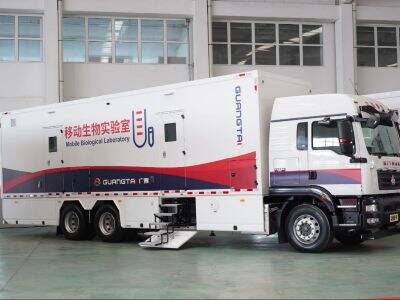Ambulances and helicopters are used to transport sick patients in serious emergency and help people when they get into trouble. In emergencies, timing can mean the difference between life and death. These automobiles are true superheroes, coming to the rescue of those in need!
How ambulances and helicopters assist in emergencies
When a person is injured or very ill, every second counts. Ambulances are a special type of vehicle. They carry medical supplies and have trained workers, such as paramedics, who are able to provide care. In the event of an emergency, ambulances rush to the site to provide immediate medical assistance. They also transport patients to the hospital while caring for them en route. Helicopters, on the other hand, are like flying ambulances that can get to places far more quickly than cars can. They can soar above traffic and reach hard-to-reach areas quickly. That means they can deliver patients to hospitals faster than normal ambulances, which are stuck on the road. Triple A is sounding the alarm about these critical lifelines.
Why Medical Vehicle Needs Quick Aid
In emergencies (car accidents, heart attacks, natural disasters like floods or earthquakes), every minute is important to save lives. This will help us ensure that people receive medical help as early as possible by dispatching ambulances and helicopters quickly. This quick response is essential as it can significantly impact saving lives and alleviating the effects of injuries and illnesses. When medical teams get there soon after the initial burst, they can start treating their patients on the spot and the victims will have a greater chance at recovering.
What medical vehicles do and how they are like moving hospitals
Ambulances and helicopters can be considered our mobile hospitals. These ambulances carry crucial medical apparatus, including stretchers, defibrillators and a wide range of medicines. This equipment stabilizes patients before they get to the hospital. So, for example, if the person has a heart problem and it’s serious, the medical staff can use the defibrillator to make their heart beat normally. This on-the-go care is vital in emergencies where every second counts. The medical staff that work on these vehicles are specially trained to tackle numerous medical emergencies. They’re able to deliver life-saving treatment until a patient can get to the hospital for more specialized care. Their skills and fast actions can have a huge impact on the patient in question.
I mentioned company two above; this company is all about delivering healthcare wherever it is difficult to access it.
In rural areas where hospitals are not in a close distance, medical vehicles act as a lifeline for people who are in of needing very important medical treatment. Helicopters can make it to these remote areas, which may not have easy access to roads, and get patients to hospitals faster. In the case of natural disasters, including hurricanes or earthquakes, ambulances and helicopters are an absolute necessity to rescue and treat survivors. They arrive with medical assistance to people who are injured or stranded in vulnerable situations. This is crucial in regions where traditional transport may get cut off or destroyed. Being able to rapidly deliver assistance can save lives and provide hope for those in distress.
The concept of teamwork in emergency medical rescue
Teamwork is essential in saving lives in emergency medical rescue situations. People who work in health care — like doctors, nurses and paramedics — work in coordination with people who drive vehicles (like ambulance drivers and helicopter pilots). These teams need to share information and work collaboratively to ensure patients receive the necessary support quickly. As one example, an ambulance responding to an emergency can use the technology to communicate with a medical team in the hospital so that it is prepared when the patient arrives. Working together, we can ensure that people in crisis get the medical care they need to heal and survive. Did everything right under pressure Everything is teamwork and working well under emergency situations.
Conclusion
In summary, medical vehicles such as ambulances and helicopters are an integral part of emergency medical care. They offer rapid life-saving services to those in need. We can do this by quickly deploying these vehicles, providing on-the-go medical treatment, reaching isolated locations, and partnering with medics to ensure the injured in an emergency get the medical assistance they deserve. We are grateful for the role that our medical vehicles play in saving lives and improving health and safety in our communities at Weihai Guangtai. It is common that many of them are called on in times of emergencies as well, a critical component of aiding people at their time of greatest need and we all owe a thank you for their hard work and dedication.
Table of Contents
- How ambulances and helicopters assist in emergencies
- Why Medical Vehicle Needs Quick Aid
- What medical vehicles do and how they are like moving hospitals
- I mentioned company two above; this company is all about delivering healthcare wherever it is difficult to access it.
- The concept of teamwork in emergency medical rescue
- Conclusion

